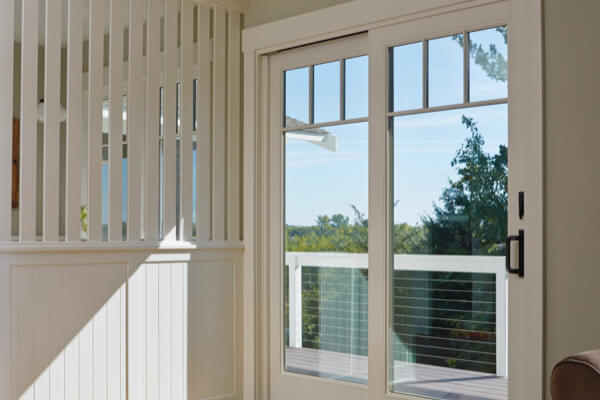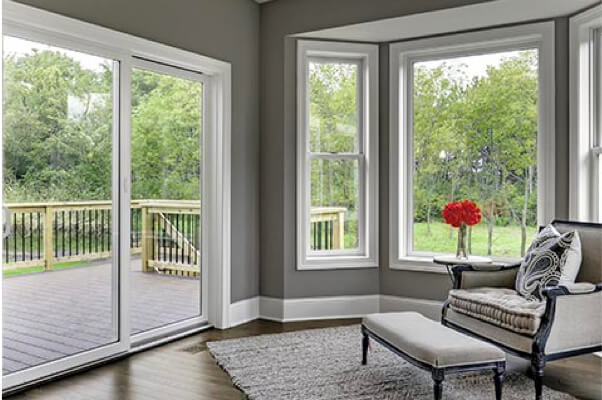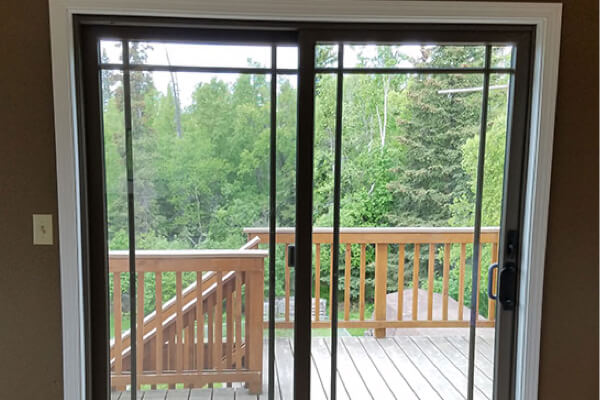Have You Ever Wondered Why Your Windows Sweat in the Winter?
A common question we get this time of year is whether to worry about window condensation. The truth is, not all condensation is bad!
Window condensation is a normal event that occurs under the right conditions of humidity and temperature. While condensation is most common during the winter, it can happen whenever the water vapor in warm air contacts a colder surface. Not all condensation is bad–and we will break it down for you!
Q: What is Window Condensation?
Window condensation is a build-up of moisture that causes your windows to “sweat”. When under the right conditions of temperature and humidity, the water molecules in the air come together and “stick” to the surface, forming a thin layer of water droplets. It can appear from time to time from even the best-performing windows.
Q: What Causes Windows to Sweat?
Windows are among the most prevalent spots within a house for condensation because window panes are generally the coldest surface within an interior space. Due to its direct contact with the outside coldness on a fall or winter day, the inside surfaces of glass panes are often as cold as the air outside. Glass panes are the most noticeable place where condensation occurs, but you can also find moisture on window frames and fixtures.
Q: What’s Good Condensation vs. What is Bad Condensation?
Should you be concerned about window condensation?
For anyone who purchases a new set of windows, the appearance of outside condensation can be surprising.
Condensation on the outside of your windows is actually a good thing. It means your windows are working efficiently and preventing any heat transfer. Whereas older, weaker windows may allow moisture to escape your house, a new and tighter set of windows will generally trap that moisture.
This can occur when the weather is neither warm nor cold.
Keep in mind that it’s still a good idea to check your sills and frames. If you have gaps between the window and frame, you may find patches of condensation collecting inside your home, which could indicate moisture inside your walls. It’s important to check for drafts around your windows to protect your walls from water damage.
Indoor condensation is typically a result of humidity from a nearby source such as steam from your shower or stove pot. But excess moisture can be a sign of above-average humidity levels in your home (excess moisture and collecting water around the house can be very damaging to your home and to your family’s health).
Tips to Help Manage Window Condensation
- Maintain as high a level of humidity as you need for comfort, taking steps to lower it if you see signs of condensation on the windows
- Cover the earth/dirt floor in your crawlspace with a good vapor barrier.
- Avoid storing firewood in your home.
- Open blinds and drapes
We are experts at putting in windows year-round, even in the dead of winter. Our installation method helps us work quickly and efficiently, never exposing your home to the elements. That means most jobs are completed in as little as one day, leaving you with nothing but beautiful windows and a toasty warm view.
Check out our video for more information on how condensation affects your windows:
Winter Installation Experts
We are experts at putting in windows year-round, even in the dead of winter. Our installation helps us work quickly and efficiently, never exposing your home to the elements. That means most jobs are completed in as little as one day, leaving you with nothing but beautiful windows and a toasty warm view.
Need help selecting the best replacement windows or doors for your home? Our team can answer any questions you have and provide expert guidance every step of the way. Get in touch to schedule a free consultation and get a free quote for your project!










